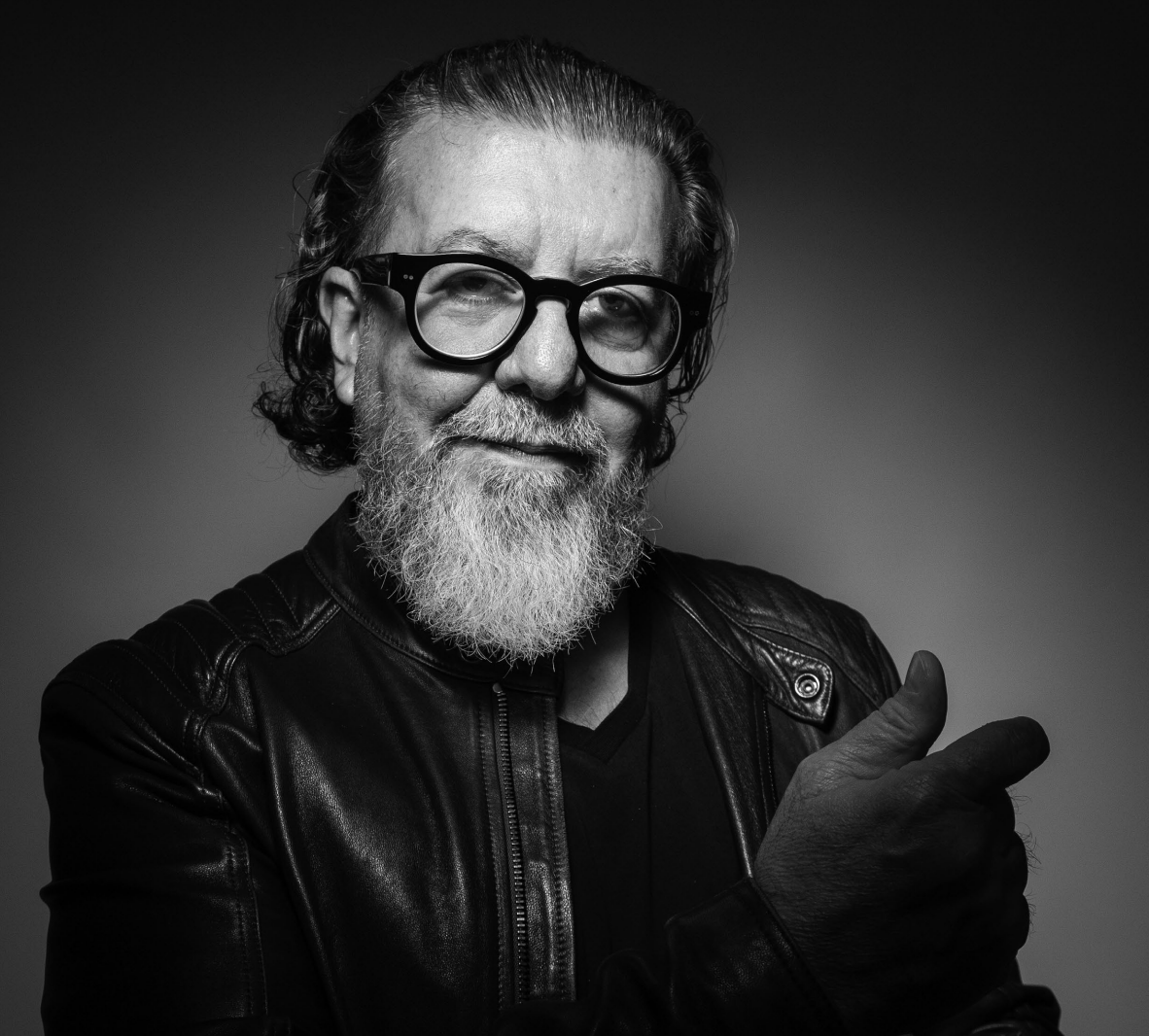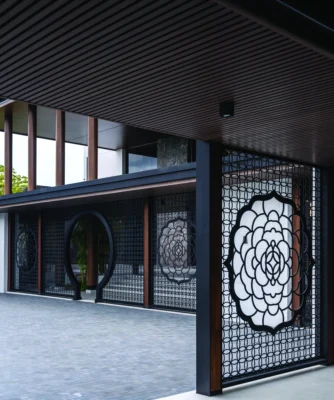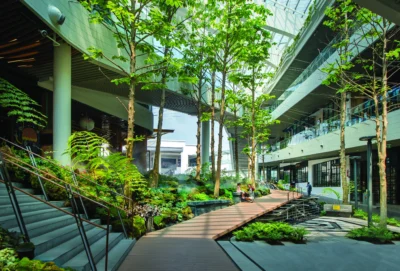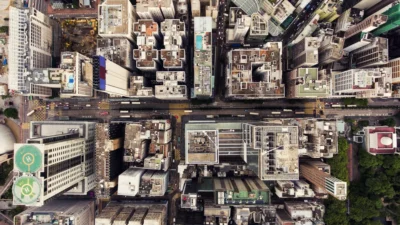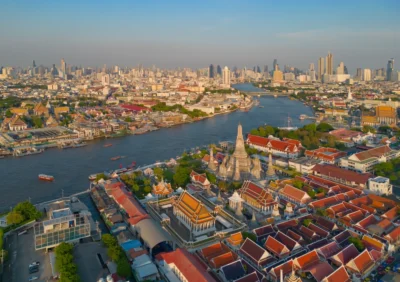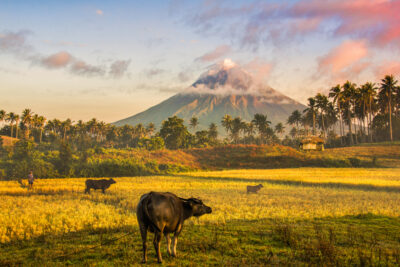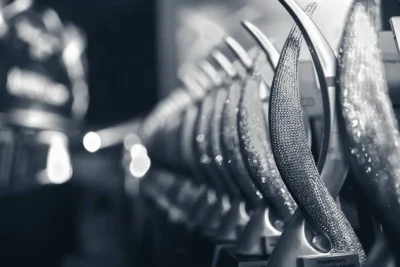Dewan Architects’ Mohammed Adib leads with human-centred design and technological innovation in the Middle East and beyond
Mohammed Adib draws on his childhood curiosity and a dislike for design uniformity in his work at Dewan Architects + Engineers
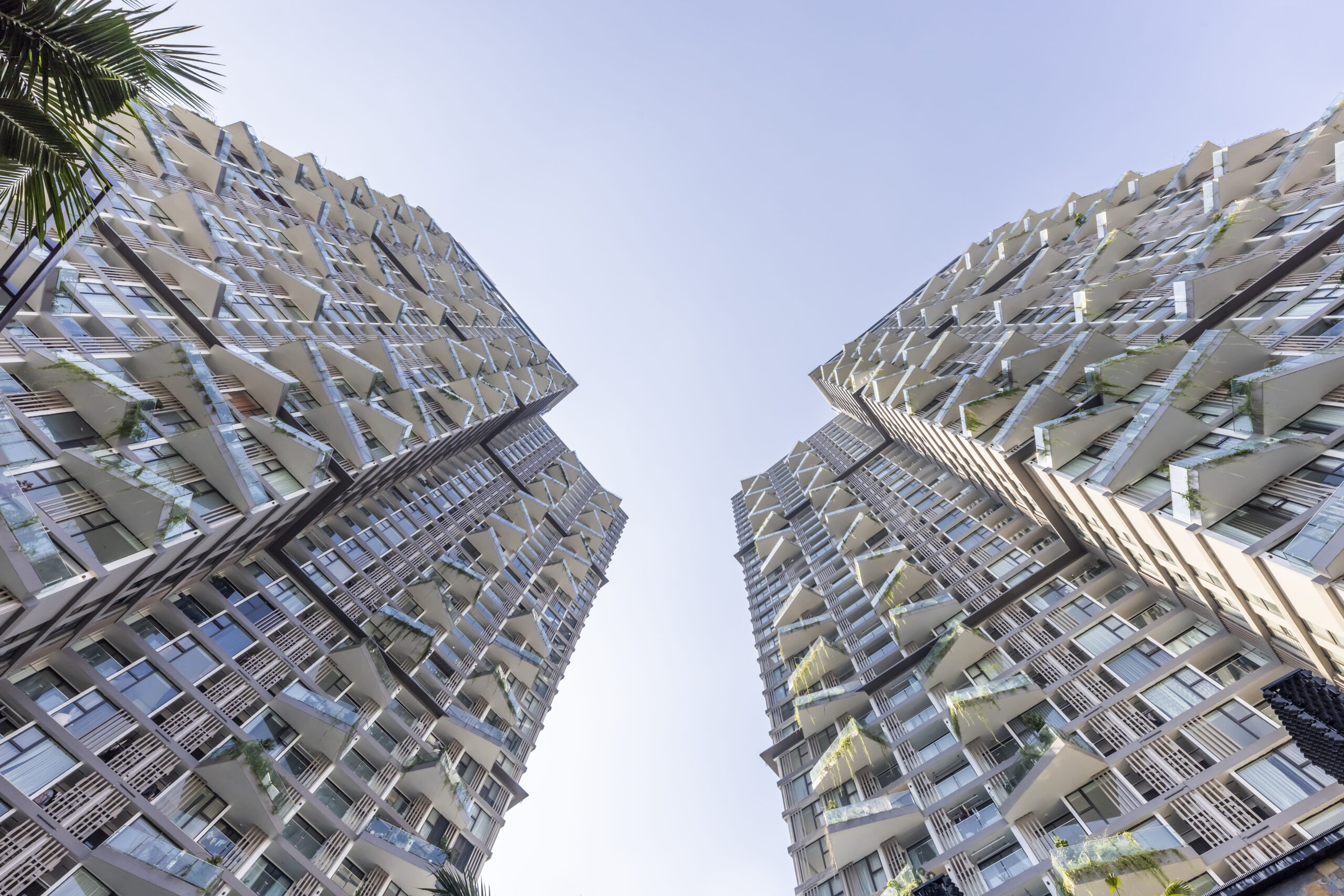
A s a young boy, Mohammed Adib spent his weekends bolting between cranes, girders, and scaffolding, shadowing his contractor father through construction sites. Kicking up dust in oversized boots and a hard hat slipping over his eyes, he jumped at any task the workers handed him.
“I spent all my spare time on building sites,” Adib recalls. “Those early days ignited my fascination with how people interact with spaces and structures.”
I’m really against globalised designs. Architecture should enhance its surroundings, not overshadow them, and it must balance beauty with practicality
Now, as chief design officer at Dewan Architects + Engineers, Adib channels childhood curiosity into redefining urban landscapes. Since joining Dewan in 2017, he has been tasked with unifying the firm’s design language across all projects and offices. By cementing strategic partnerships and exploring new markets, such as Saudi Arabia, he has positioned Dewan at the forefront of the region’s architectural renaissance in recent years.
Adib’s journey, like his designs, is defined by movement. Educated in the UK and Spain, he transformed a gap year into a global expedition, working at 11 architectural firms across multiple countries.
“Architects are natural nomads,” he says. “Travel is our greatest source of inspiration.”
Adib’s exposure to diverse architectural styles and cultures instilled in him the importance of designing buildings that reflect their surroundings. While working in Europe, North Africa, and the Middle East, he noticed that designs disconnected from their environments often felt impersonal and out of place. This experience cemented his opposition to cookie-cutter architecture, which prioritises uniformity over local context.
“I’m really against globalised designs,” Adib says. “Architecture should enhance its surroundings, not overshadow them, and it must balance beauty with practicality.
It is a philosophy that defines Dewan’s projects. Take Port de la Mer in Dubai, for instance. Inspired by Mediterranean fishing villages, the project balances pedestrian-friendly avenues, open public spaces, and sweeping marina views. But adapting the charm of a Mediterranean village to meet Dubai’s market demands wasn’t without its trials. The project required extreme standardisation to ensure quality and speed in construction, especially given a tight budget.
While Port de la Mer exemplifies Dewan’s ability to adapt, Qiddiya in Saudi Arabia represents the firm’s ambition to push the boundaries of design and technology. Tasked with delivering one of the most complex Building Information Modelling (BIM) projects ever developed, Dewan’s team synchronised intricate design elements across multiple disciplines in real time, ensuring precision and sustainability targets were met.
Such large-scale projects highlight the growing need for efficiency and precision, which Dewan addresses through its innovative approach to design technology. Beyond individual projects, the firm is fully embracing the industry’s technological transformation.
Through their Modern Architecture and Design (MAD) department, Dewan is exploring groundbreaking innovations such as 3D printing, offsite manufacturing, and artificial intelligence. These advancements optimise workflows, enhance quality control, and automate routine processes, allowing architects to focus more on the creative elements that define their projects.
“Technology is revolutionising how we approach design,” Adib explains. “It frees us from mundane tasks, giving us the freedom to focus on the creative and human aspects of architecture.”
Under his guidance, the firm’s portfolio has expanded to include urban masterplans, cultural centres, and major residential developments throughout the Middle East. This work reflects his belief that architecture must serve both people and the planet, placing Dewan at the forefront of sustainable urbanisation in one of the world’s fastest-growing regions.
Still, navigating new markets comes with its own set of hurdles. Rapid expansion into places like Saudi Arabia requires balancing Dewan’s design principles with each region’s regulatory landscape.
“Every market has its challenges,” Adib says. “In Saudi Arabia, the cultural and architectural transformation is massive. We’ve had to adapt to new regulations and evolving client expectations.”
Another challenge is promoting sustainable practices in regions where the concept is still emerging. Convincing clients of the long-term environmental value of sustainable design isn’t always easy.
“There’s often tension between short-term costs and long-term environmental impact,” he adds. “Part of our role is to show how sustainable practices protect the environment and offer operational savings over time.”
Dewan’s strategy has been to remain creative, and forward-thinking. The firm is currently focusing on off-site and modular construction methods, actively reducing both the use and quantity of concrete, while exploring the potential of timber construction, amongst other innovations.
“We’re moving into an era where architecture must be flexible,” Adib explains. “With rapid technological advancements and shifting societal needs, buildings should be like living organisms—capable of adapting and responding.”
For Adib, flexibility is key not only in design but also in anticipating future challenges. Dewan’s projects are increasingly focused on creating sustainable, resilient structures that can meet the demands of both today and tomorrow, whether that’s through reducing carbon footprints, embracing new technologies, or fostering stronger connections between people and their environments.
Indeed, what began as a childhood fascination with construction has evolved into a lifelong commitment to human-centred design for Adib. Under his leadership, Dewan is shaping skylines and creating spaces that connect people with their cities, reflecting both the needs of today and the uncertainties of tomorrow.

Nomura Bank, Hanoi, Vietnam
Inspired by the organic shape of a leaf, Nomura Bank’s residential project in Hanoi weaves natural elements— wind, sunlight, and water—into its design. Six towers arranged in a radial layout provide panoramic views and enhance ventilation, rising from an organic podium that integrates with surrounding green spaces and vertical gardens. Balancing traditional and modern Japanese design principles, this sustainable development fosters a deep connection with nature while providing urban amenities, according to Adib. “Each tower becomes a leaf in the greater canopy of the city,” he says, “creating an oasis of calm in the urban landscape.

Vung Tau Hotel, Vung Tau, Vietnam
An architectural tribute to Vung Tau’s coastal legacy, the Vung Tau Hotel takes inspiration from the area’s history as a trio of villages called Tam Thắng (Three Boats). Three interconnected towers, positioned for expansive ocean views, incorporate a façade inspired by Mũi Nghinh Phong (Cape of Welcome Breeze). “Triangular geometries reflect the rhythmic movement of waves,” says Adib, enhancing the connection between the building and the natural landscape.
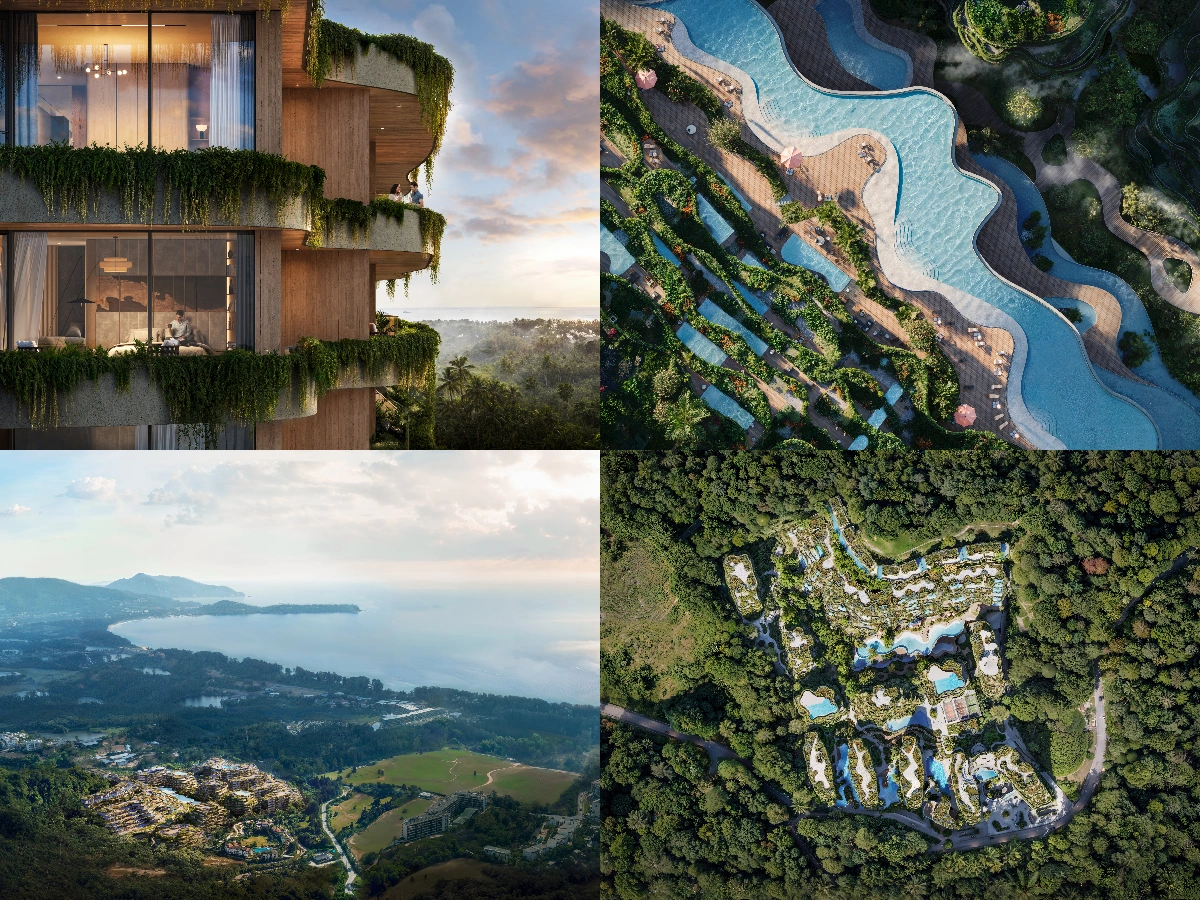
Layan Verde, Phuket, Thailand
Designed with biophilic principles, the 78,087-square-metre development, set against Phuket’s western coastline, will include two hotels, 134 branded condominiums, and 625 residential units. Each space offers ocean views while ensuring privacy through innovative design and cascading greenery. “Layan Verde’s philosophy of ‘see but not be seen’ invites residents into a sanctuary of solitude amidst nature,” says Adib. The project’s first phase is anticipated to be completed in 2027, setting new standards in sustainable, luxury living.
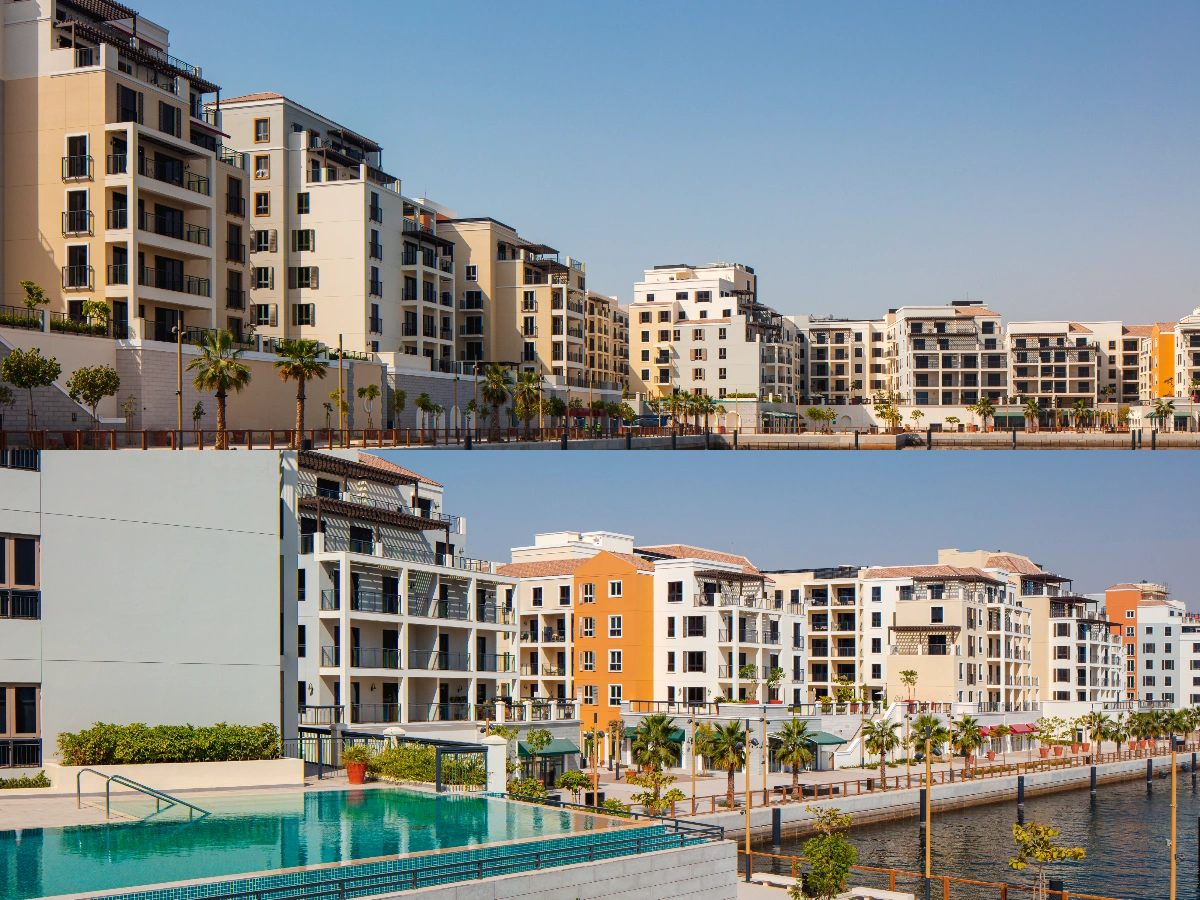
Port de la Mer, Dubai, UAE
Dubai’s first freehold community in Jumeirah, Port de la Mer, channels Mediterranean coastal charm, drawing inspiration from Italian and Spanish architecture. Dewan Architects crafted the masterplan around a superyacht marina, evoking the feel of Porto Montenegro. Six zones with terracotta and yellow-toned buildings bring an authentic seaside atmosphere to life, complemented by amenities like pools, gyms, and beach access. “We wanted Port de la Mer to echo the vibrancy and authenticity of Mediterranean waterfront living,” explains Adib. “Vibrant piazzas, waterfront boutiques, and dining options create a lively urban environment at the water’s edge.”
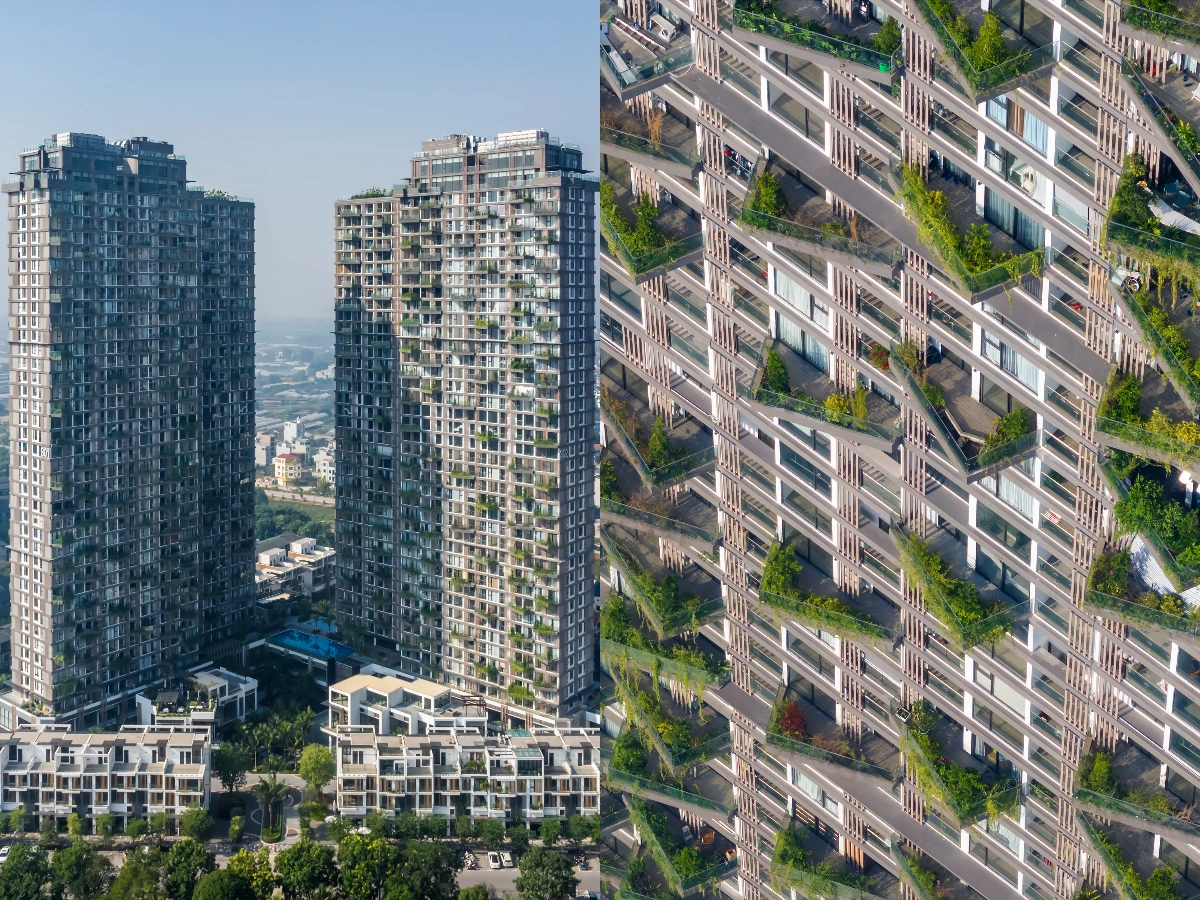
Sol Forest, Hanoi, Vietnam
Incorporating urban and rural elements, Sol Forest integrates urban aesthetics with the tranquillity of the surrounding countryside, creating a vertical green haven. Each apartment offers a view of verdant façades, providing natural shading and echoing Vietnamese community culture. “Our aim was to bring the essence of nature to the heart of the city,” says Adib, “making Sol Forest both a residence and a green retreat that aligns with the client’s vision for sustainable urban living.”
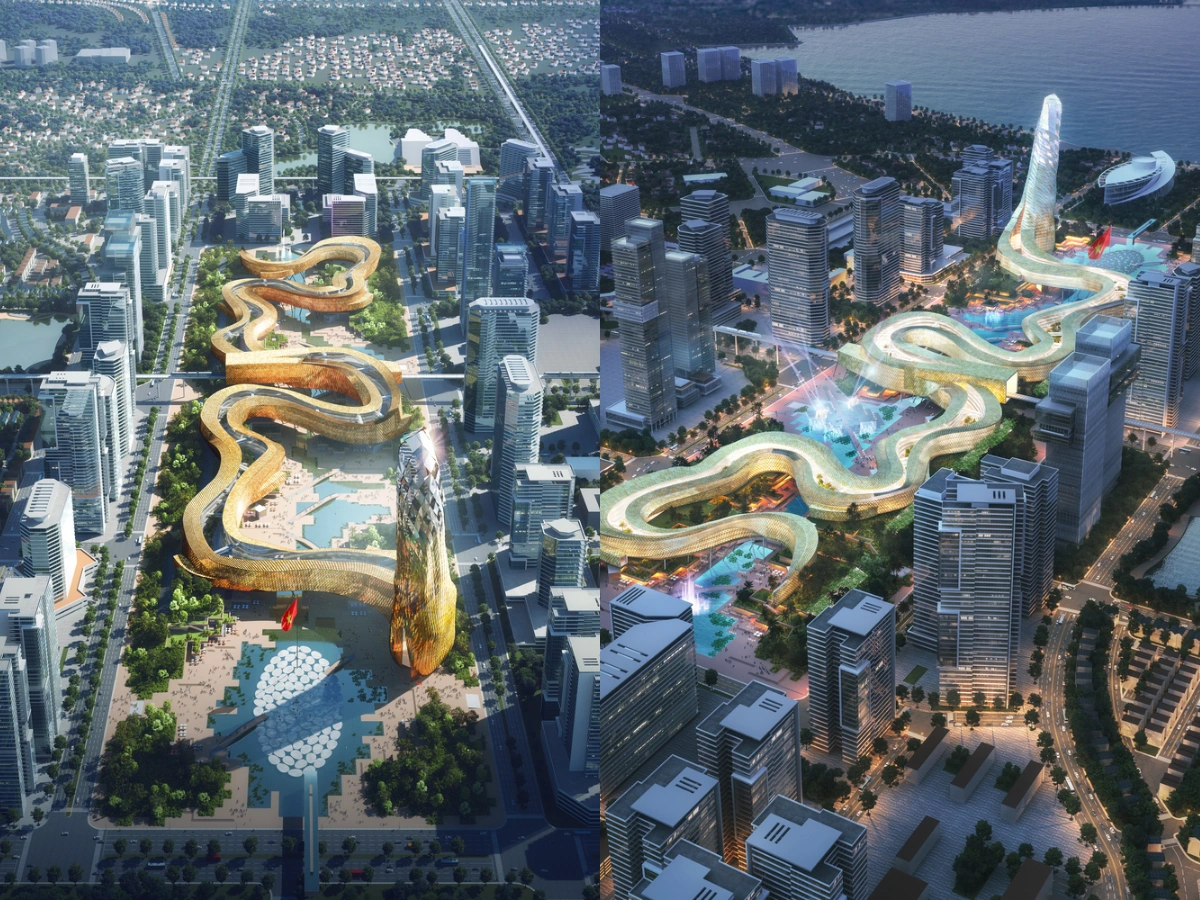
Dragon Tower, Hanoi, Vietnam
Embodying Vietnam’s cultural depth and the Year of the Dragon’s symbolism, Dragon Tower is a collaborative effort by Dewan and TTAS, designed for government offices near West Lake. Shaped like a dragon’s head, it stands as the tallest structure in the vicinity. “The scale-inspired façade echoes Vietnam’s historical narratives, embodying resilience and adaptability,” explains Adib. Elevated on stepped platforms to mitigate flooding, Dragon Tower’s design fosters interaction with the landscape, merging tradition with modern urban solutions.
This article was originally published on asiarealestatesummit.com. Write to our editors at [email protected].
Recommended
Merging Thai heritage with global expertise at JARKEN
Sasivimol Sinthawanarong has forged a unique architectural identity via JARKEN, her award-winning practice
6 reasons why Bang Na is Bangkok’s hidden gem
This Bangkok enclave flaunts proximity to an international airport, top schools, and an array of real estate investment options
AI transforms Asia’s real estate sector: Enhancing valuation, customer interaction, and sustainability
From property valuation to measuring sustainability, AI is impacting nearly every aspect of Asia’s real estate industry
Bangkok’s luxury real estate flourishes amid economic challenges
New luxury mega projects boost the top end of Bangkok’s market, but stagnancy reigns elsewhere due to weak liquidity and slow economic growth

